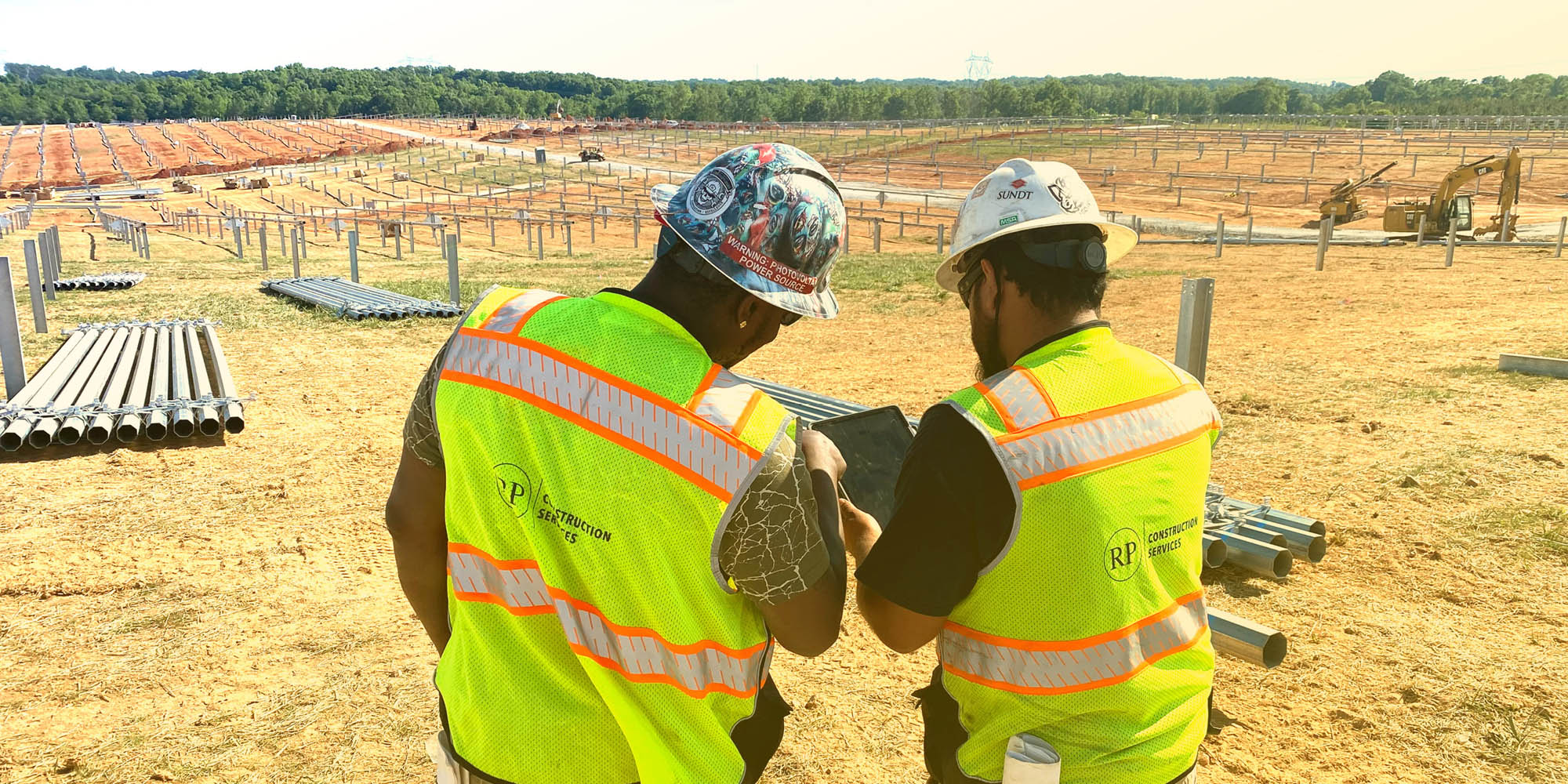Trackers dominate the utility-scale market. The Berkeley Lab found that tracking systems were installed on nearly 80% of all new installations in 2017, and that number is expected to grow as trackers push into predominantly fixed-tilt territory in the north.

“We think that the whole market is moving toward trackers,” said Eben Russell, CEO and principal of RPCS. “In our addressable market that’s 15 MW and under, each year the percentage of fixed-tilt to tracker has declined. In 2019, we anticipate that about 70% of that market will be trackers and into 2020 it’ll be closer to 85%.”
How RPCS became such an expert on trackers is based on Russell’s solar connections. A former Suntech employee, Russell visited Array Technologies in New Mexico about a possible Suntech acquisition. The plan fell through, but Russell left the visit impressed with Array’s trackers, and he eventually came on board as Array’s sole salesperson. As VP of sales, he guided Array through the utility-scale explosion of the early 2010s, selling more than 3 GW of trackers in five years. In 2014, Array Technologies wanted to address the small project market that needed more installation assistance, so Russell formed RP Construction Services as an Array installation arm.
“We really wanted to address more of the small project market which we thought would need a much more hand-holding approach—fully engineered, laid-out, procured correctly and installed,” Russell said. After five years, RPCS has more than 70 employees and expects to install 500 MW in 2019.

“We do something that Array doesn’t need to do when they sell their product—we go ahead and lay out the tracker onto the actual field in AutoCAD and then we arrange all the different engineering steps along the way,” Russell said. “Once that order goes through, we’re typically the company that our customers are choosing to fully install a product. We fully commission the tracker system, make sure its row spacing data is all programmed correctly and the trackers are operational and running.”
Russell said the company has no plans to venture into fixed-tilt arrays and enjoys being a single-axis tracking installation expert.
“We offer DIRECTV, whereas Array sells satellite dishes,” Russell said. “We’re trying to make this very much a one-contract [system] because we see this market changing quite a bit. Developers are doing high numbers of smaller projects vs. planting themselves on one single very large project. They need to be able to just deploy us very quickly and have us do our part without a lot of back-and-forth. So offering it as more of that DIRECTV—just place your order and when you’re done you’ll have a fully commissioned tracker.”
To bring even more efficiency to its installation process, RPCS is buying product from Array Technologies in large-container-volume bulk instead of on a per-project basis. This allows RPCS to kit the systems and pack them as tracker blocks, quickly shipping tracking sections to the project.
“We’re going through that engineering bill of materials list and making sure that every truck has a complete tracker block, which is really going to help the ability to check material in on the site and move through that product very quickly,” Russell said.
The company has also switched to hanging wire harnesses instead of trenching cables. Russell said it’s been an education process for project developers and site owners, but keeping wires above ground helps with installation and commissioning speeds.
“Oftentimes, mechanical installers like ourselves are in a little bit of a battle with the electricians. They want to open up their trenches and do their work, and we’re trying to figure out how to drive pile-driving machines and forklifts around open trenches,” Russell said. “Now we eliminate all of that.

Russell said while the tariff uncertainty brought some slowdown to the beginning of 2018, this year will be full throttle for RPCS. The company recently hired a full-time recruitment director to bulk up on direct-hires and avoid relying on temp agencies.
“It seems like the market is going bonkers; the accelerator pedal is fully compressed,” Russell said. “We are on several sites already here in January. It just looks like there will be no slowdown and just an acceleration into the end of the year.”
by Kelly Pickerel





